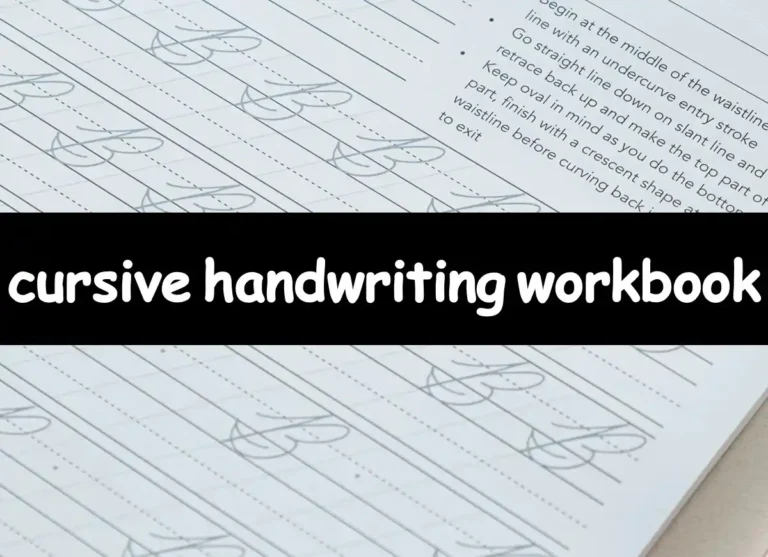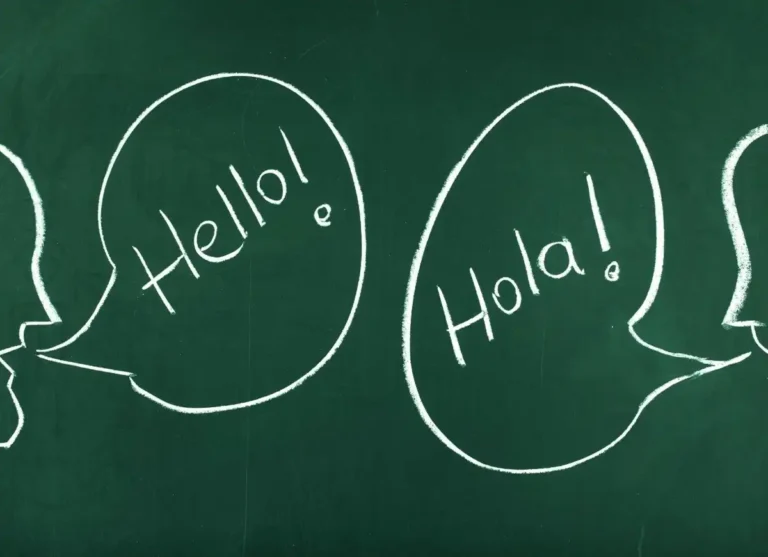The First Arabic Letter. The Arabic alphabet has 28 letters and its script is inscribed right to left. Such languages as Arabic, Persian, Urdu and Pashto use the script. The shape of each letter of this script is special; and many alter in the position they take in a word. Out of these letters, one letter holds a significant position both in the Arabic script in terms of its significance and, also, in terms of its contribution to the Arabic language.
The First Arabic Letter “أ” (Alif)
Alif is the initial letter of the Arabic alphabet and it serves an important purpose in the composition of the language, along with the creation of the sounds of words. In the following article, we will discuss the letter “A (Alif) in detail: how to recognize it, how to say it, its variations in a sentence and its meaning in the Arabic language.
Identification Of The First Arabic Letter “أ” (Alif)
The أ is a graphic simplistic, but significant letter. It is a direct vertical line which in most cases looks like one line in an upright position. As an isolated letter, the letter 1 in certain fonts is used in its place, but it is slightly curved at the top.
- Shape: The letter Alif, أ (Alif), is a straight line that has a curve on the top, similar to a vertical line.
- Place in the Alphabet: It begins with the first letter of the Arabic alphabet and it is also the only letter which lacks a connecting shape when it is found in the middle or end of a word.
Examples Of “أ” (Alif) In Words And Sentences
since we know the shapes and sounds of the letter “أ,” we will examine some useful instances of the letter in sentences and words:
Initial Form
- “أ” as in “أب” (father)
- “أم” (mother)
- “أخضر” (green)
Medial Form
- “مأمون” (Mamoon, a name)
- “مأخذ” (source)
- “مأزق” (predicament)
Final Form
- قرأ (read)
- نبأ (News)
- ملأ (Fill)
Common Mistakes And Misunderstandings With The First Arabic Letter “أ” (Alif)
As the pronunciation of a stop, glottal stop, is easily confounded with a similar sound, e.g., the Arabic “a” (Alif without the hamza) which is just a long a. That difference is sometimes a minor one, and one should remember the short pause that can occur during the articulation of the word “أ.”
Unlock Your Potential in Arabic with QuranMualim!
Want to get to know the Quran better and improve your Arabic knowledge? Sign up with QuranMualim now and take the life changing learning experience! Our Arabic and Quran Online Arabic and Quran Tutors are professionals who have been hired to enable you to learn these fundamental skills with ease and proficiency.
Arabic Posts For You:
- Learn Arabic Alphabets – QuranMualim
- Complete Guide To English Arabic Letters
- Arabic vs Persian: What’s The Difference?
- Arabic Letters Chart For Kids and Beginners
- Learn Arabic Alphabet Chart – QuranMualim
- Arabic Alphabet Beginning Middle and End List
- Arabic Alphabet in English Lesson For Beginners
- Learn Common Arabic Greetings And Responses
- Explain Arabic Alphabet To English Alphabet Table
- Arabic Alphabet Chart – Beginning, Middle and End
- Arabic Harakat – A Complete Guide To Vowel Marks
- English To Egyptian Words Vocabulary For Beginners
- Beginner’s Guide Arabic Alphabet With English Letters
- Arabic Language Vowels With Meanings and Examples








